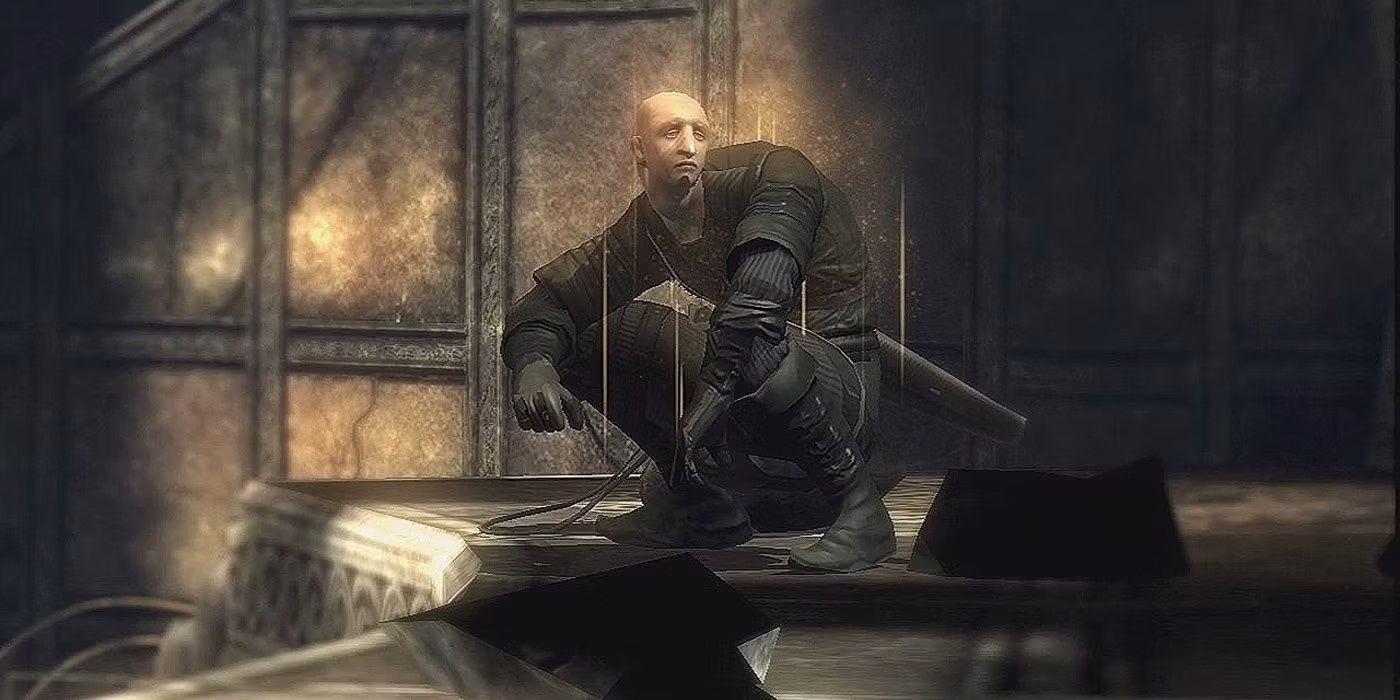AppliMarkets: Your Go-To Resource for App Insights
Explore the latest trends, reviews, and tips in mobile applications.
Rogue Updates: When Game Patches Go Awry
Discover the wildest game patch fails that broke beloved titles! Join us as we unravel the chaos of Rogue Updates!
Top 5 Most Disastrous Game Patches: A History of Rogue Updates
Throughout the history of gaming, patches have been essential for improving gameplay, fixing bugs, and enhancing user experiences. However, not all updates have been beneficial. In fact, some have turned into infamous debacles that left players frustrated and developers scrambling for damage control. For instance, one of the most notorious examples is the 2016 No Man's Sky patch, which was meant to expand the universe but actually introduced game-breaking glitches and led to widespread criticism. This incident highlighted the risks associated with deploying updates without thorough testing, setting a concerning precedent for future patches.
Another noteworthy entry in our list of disastrous game patches is the 2013 SimCity launch which, despite its potential, was plagued by server issues due to an unexpected influx of players. The early patches aimed at fixing these issues only made things worse, causing even more players to leave the game in frustration. As these mishaps unfold, it becomes increasingly clear that patching a game is not just about fixing bugs; it's about ensuring a smooth and enjoyable experience for players. This article will delve into the top five most disastrous game patches, examining what went wrong and the lessons learned from these rogue updates.

Why Do Game Patches Fail? Understanding the Common Pitfalls
Game patches are essential for enhancing gameplay, fixing bugs, and introducing new content. However, many players often wonder why game patches fail. One common pitfall is inadequate testing before deployment. Developers may rush a patch to meet deadlines, leading to unforeseen bugs that can negatively impact the gaming experience. This rush can also stem from pressure designed to keep the player base engaged. Ultimately, lack of quality assurance can lead to more issues than the patch was intended to fix.
Another significant reason game patches fail is poor communication between the developers and the community. When developers do not clearly communicate what a patch includes or address community concerns, players can become frustrated. Miscommunication can lead to mismatched expectations, as players may anticipate fixes for certain issues only to find that the patch did not address them. To improve this dynamic, developers should consider engaging more with their player base through platforms like forums and social media. This can help in setting realistic expectations and garnering feedback for future updates. For more insights, check out this article on transparency.
How to Handle Game Glitches: Tips for Players After Rogue Updates
Dealing with game glitches after rogue updates can be frustrating, but there are effective strategies to mitigate their impact. First and foremost, stay updated with developer announcements and community forums. These platforms often provide critical information regarding known issues and potential fixes. Join forums like Reddit's gaming community or follow the official Twitter accounts of your favorite games to get the latest news.
Once you encounter a glitch, it’s essential to document your experience. Take screenshots or record videos of the issue, as this information can be invaluable for both your understanding and for any reports you may need to submit. Use the in-game support systems or official support pages to report issues. This not only helps you, but also contributes to the overall improvement of the game, ensuring that developers can address glitches more effectively. Remember, patience is key; these issues often get resolved in future patches.